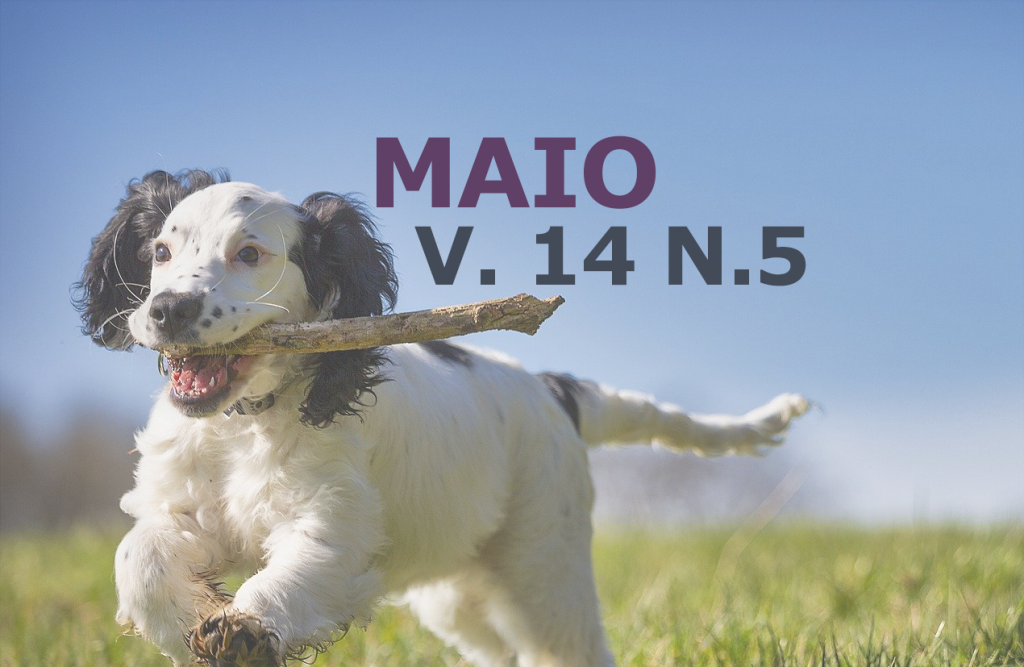Use of Enrofloxacin in an outbreak of anaplasmosis in dairy cattle in Ijuí – RS: case report
DOI:
https://doi.org/10.31533/pubvet.v14n5a574.1-6Keywords:
A. marginale, bacteria, jaundice, infectious disease, bovine parasitic sadnessAbstract
Anaplasmosis is a disease caused by the bacterium Anaplasma marginale, transmitted mainly by ticks in cattle herds around the world, in addition to transmission by hematophagous and iatrogenic insects. In this work, the objective was to describe an outbreak of anaplasmosis in six adult dairy cattle in the region of Ijuí-RS, showing success in the clinical resolution for patients treated with enrofloxacin-based antimicrobial therapy. According to the anamnesis, the animals that had died on the property, had shown clinical signs such as: loss of appetite, jaundiced mucous membranes and on the other day the clinical condition worsened, until death. The animal seen in a veterinary consultation, showed the same clinical signs and the clinical examination, apathy, dehydration, pallor, jaundiced ocular, oral, nasal and vulvar mucous membranes, dehydration and hypersalivation. The main complaint for the consultation was the reluctance to eat, weight loss and decreased milk production, considering that the animal had already been treated for bovine parasitic sadness 2 days ago, with diminazene diaceturate and oxytetracycline. However, the diagnosis was confirmed by blood smear and the necropsy findings performed on another animal that died on the same property, with jaundiced mucous and serous, with an excessive increase in the size of the liver, spleen and gallbladder, as well as the presence of blood with an aqueous aspect and by the blood smear which resulted in the presence of bacteria of the genus Anaplasma. Antimicrobial therapy based on enrofloxacin associated with lactated ringer fluid therapy, blood transfusion, vitamins and organic modifier was instituted for the treatment of bovine patients. Due to other cases already reported in the region, it is believed that there are some strains of the bacteria Anaplasma marginale, which are resistant to oxytetracycline, thus, enrofloxacin appears as a new treatment alternative for dairy cattle with anaplasmosis, refractory to the use of oxytetracycline.
Downloads
Published
Issue
Section
License
Copyright (c) 2020 Bruna Carolina Ulsenheimer, Dieison Elizandro Schvan, Jorge Luis de Lima Shifer, Roberta Pereira Fontoura, Cristiane Elise Teichmann

This work is licensed under a Creative Commons Attribution 4.0 International License.
Você tem o direito de:
Compartilhar — copiar e redistribuir o material em qualquer suporte ou formato
Adaptar — remixar, transformar, e criar a partir do material para qualquer fim, mesmo que comercial.
O licenciante não pode revogar estes direitos desde que você respeite os termos da licença. De acordo com os termos seguintes:
Atribuição
— Você deve dar o crédito apropriado, prover um link para a licença e indicar se mudanças foram feitas. Você deve fazê-lo em qualquer circunstância razoável, mas de nenhuma maneira que sugira que o licenciante apoia você ou o seu uso. Sem restrições adicionais
— Você não pode aplicar termos jurídicos ou medidas de caráter tecnológico que restrinjam legalmente outros de fazerem algo que a licença permita.





